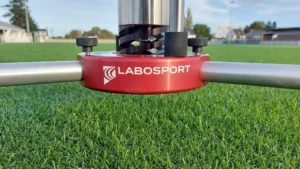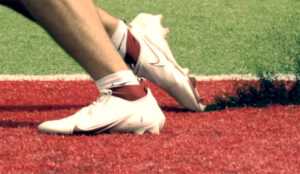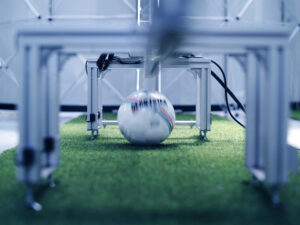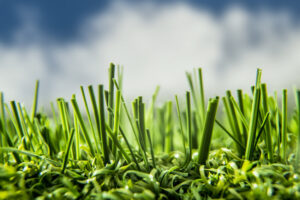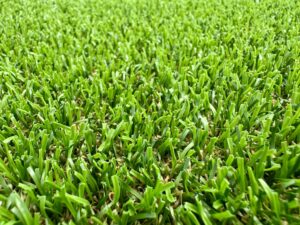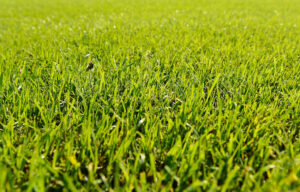Article
Which shockpad gives the highest ball bounce?
A simple question that reveals a surprisingly complex reality beneath the turf. Ball behaviour on hockey surfaces is far from linear. To demonstrate this, we tested three systems: 1️⃣ A rigid concrete laboratory floor 2️⃣ A 15 mm in situ rubber e-layer 3️⃣ A 10 mm closed-cell PE foam pad Most assume the rigid floor will always produce the highest bounce. Yet when tested across a range of drop heights, the…


